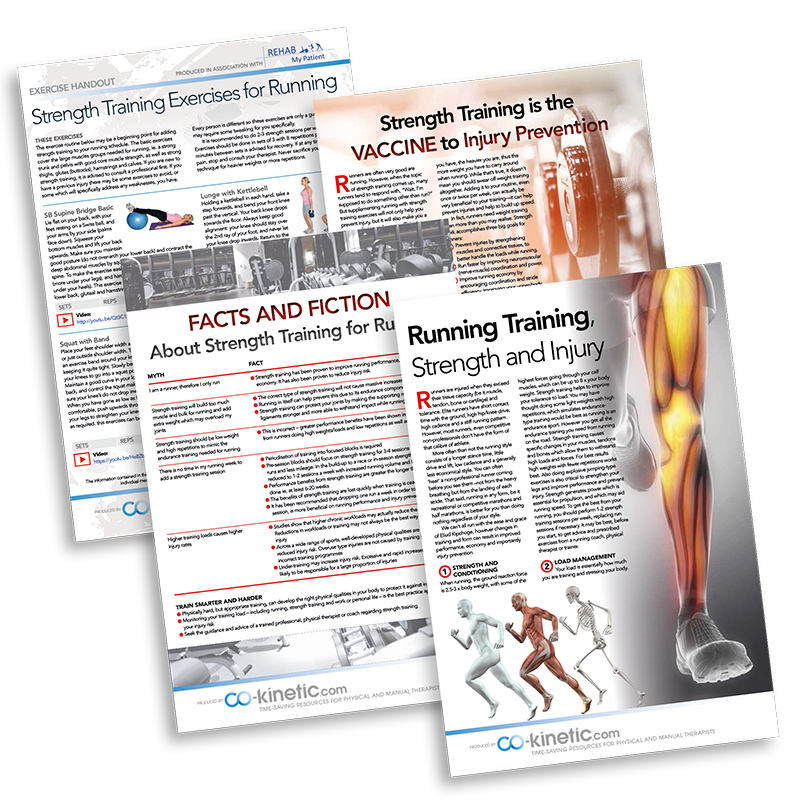
Cardio-Fitness vs Muscle-Strength ?
– If they don't match, injury can follow.
– Build an injury-resistant body and prevent running injuries.
Here's the Myth
Runners are often very good at running, but when the topic of strength training comes up, many runners, well, run away from it, mostly because they believe it will make them slower; or heavier and therefore more prone to injury.
This is however, thankfully, a complete myth. In fact quite the opposite is true. Supplementing running with strength training exercises will not only help you prevent injury, but it will also make you a stronger, faster, and a more efficient runner.
One of the major reasons that runners get injured is because their bodies are unprepared to handle the physical demands of the activity. Tissue overload occurs, either because of a sudden introduction to the sport, or a relatively sudden change or increase in training mileage or intensity (like hill repeats).
Don’t let your engine outpace your chassis
When it comes to building an injury-resistant body, think of this, “Don’t let your engine outpace your chassis”, meaning don’t let your aerobic fitness (endurance built up by running) outpace your structural fitness (bones, tendons, ligaments and muscles).
If you do, you’re setting yourself up for injury.
Your Solution
In fact, runners need weight training even more than you may realise. Strength work accomplishes three big goals for runners:
1 Prevent injuries by strengthening muscles and connective tissues, to better handle the loads while running.
2 Run faster by improving neuromuscular (nerve-muscle) coordination and power.
3 Improve running economy by encouraging coordination and stride efficiency. Improving your upper-body strength can also boost your running efficiency. With a stronger core, you’ll be able to maintain a stable upper body, minimising side-to-side movement – and better hold your form at the end of a run when you begin to tire. And by developing strength in your arms, you’ll improve your arm drive so you can inject more power into your stride, especially uphill.
That’s why we’ve put together a set of resources to help you introduce some strength training into your running programme, as well as explain why and how it can help.
Interested?

You can download the full set of resources, including an exercise programme, top tips for running-specific strength training, a myth-buster sheet and an infographic giving strength-training guidance.
Download all our free leaflets: https://www.livingcentreclinic.com/runners-promo
I'm here to help. Email me on Vispi@lccosteo.com with your question. I will try and give the best advice I can.
I would also appreciate it if you could share the link to this blog post with anyone you think can benefit from these resources.

Vispi Jamooji DO PGCert SPOP
Osteopath, 1986
Living Centre Clinic
32 Durham Road, Raynes Park, London SW20 0TW
better@livingcentreclinic.com











